
What is an SPCC Plan and Why Do You Need One?
Oil spills—large or small—can have serious environmental and financial consequences for a facility. That’s why the EPA requires certain sites to have a Spill Prevention, Control, and Countermeasure (SPCC) Plan in place.
An SPCC plan is a written document required by the EPA for facilities that could reasonably discharge oil into navigable waters or adjoining shorelines. The plan outlines the facility’s strategy to prevent oil spills, including measures for secondary containment, tank or equipment integrity, and staff training. The goal is to manage operations to prevent oil discharges but also to have contingency plans in place to prepare for, respond to, and mitigate any oil discharges which could impact the environment. In most cases, the SPCC plan must be completed, or at least reviewed and certified, by a professional engineer familiar with both EPA and state requirements. Under very limited circumstances, a facility may self-certify a SPCC plan; however, the plan should still meet the requirements stipulated in the EPA’s Code of Federal Regulations.
Does your facility need an SPCC Plan?
SPCC applies to a facility that:
- Is considered non-transportation-related (different regulations apply to transportation-related facilities); and
- Is engaged in drilling, producing, gathering, storing, processing, refining, transferring, distributing, using, or consuming oil or oil products, such as diesel fuel; gasoline; lube oil; hydraulic oil; adjuvant oil; crop oil; vegetable oil; animal, fish, or marine mammal fat, oil, or grease; or oil mixed with wastes other than dredged spoil; and
- Could reasonably be expected to discharge oil to navigable waters of the U.S. or adjoining shorelines, such as lakes, rivers, streams, and their tributaries; and
- Stores more than 1,320 U.S. gallons in total of all aboveground containers (only count containers with 55 gallons or greater storage capacity) or more than 42,000 gallons in completely buried containers.
If your company is one of these or conducts these operations, you may be a candidate to need an SPCC Plan.
Example Companies/Operations Who May Need an SPCC Plan
Industrial & Manufacturing Facilities:
- Metal fabrication shops
- Equipment manufacturing plants
- Food processing facilities (especially those using animal fats or vegetable oils)
- Chemical production plants
- Oil production, refining, or exploration
Transportation & Fueling Operations:
- Trucking and logistics terminals
- Airports
- Fueling stations
Construction & Aggregate Operations:
- Concrete batch plants
- Asphalt plants
- Mining sites
Agricultural & Farming Operations:
- Farms storing diesel, gasoline, or crop oils
- Grain elevators and feed mills
- Agricultural CO-OPs and fertilizer distributors
Utilities & Public Works:
- Power generation plants
- Water and wastewater treatment facilities
- Municipal maintenance yards
Commercial & Service Facilities:
- Warehouses with oil-powered equipment
- Auto repair shops and fleet maintenance centers
- Hospitals or universities with emergency generators
Where Do You Send the SPCC Plan?
Unless you’re asked for it, your plan stays onsite and is not required to be submitted to the EPA or your state office. Some states do have SPCC requirements in addition to the EPA requirements.
The EPA says that if the facility the SPCC Plan covers is staffed at least 4 hours per day, the Plan needs to be maintained there. If the facility is not staffed 4 hours per day, then it can be maintained at the nearest field office.
Required Updates and Reviews
If you make changes to your facility, you must update your SPCC Plan within six months of the change. These changes include items such as adding, removing, moving, or altering containers; changing secondary containment structures; reconstructing, replacing, or installing piping; changes of products or services; revision of standard operation or maintenance procedures at the facility; or changes to emergency contact information, including spill response contractors.
Per requirements, review your SPCC Plan at least every 5 years and make changes accordingly. More frequent reviews may be needed if conditions at the facility change.
Have Questions? Need Help?
Do you need help with this environmental reporting requirement? Do you need to do your five-year compliance review? iSi’s compliance team can help determine if you are required to have this Plan and help you conduct the required training for it.
Contact us here for more information and pricing.
Need Assistance?
Need an extra hand to get this done? How about figuring out if this applies to your company?
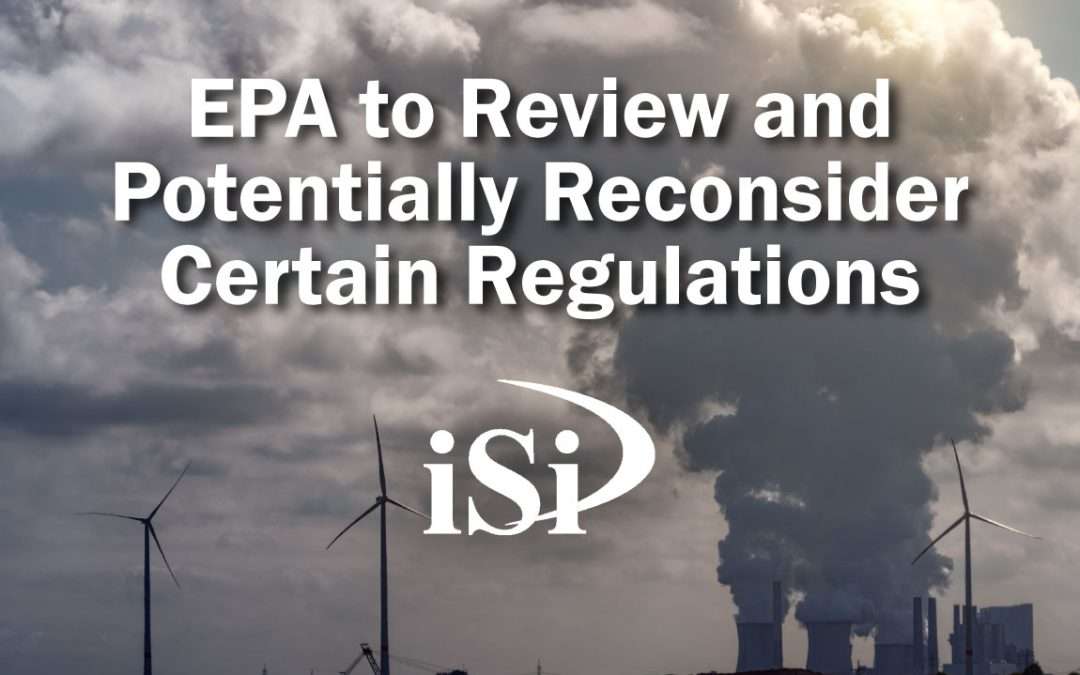


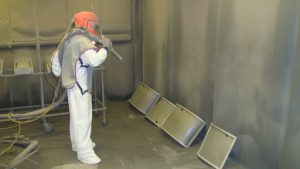
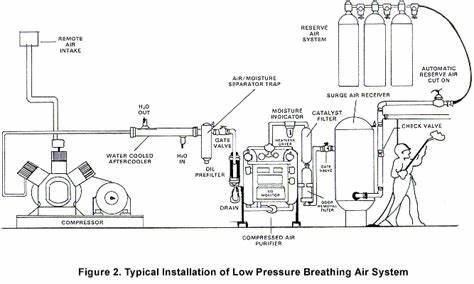


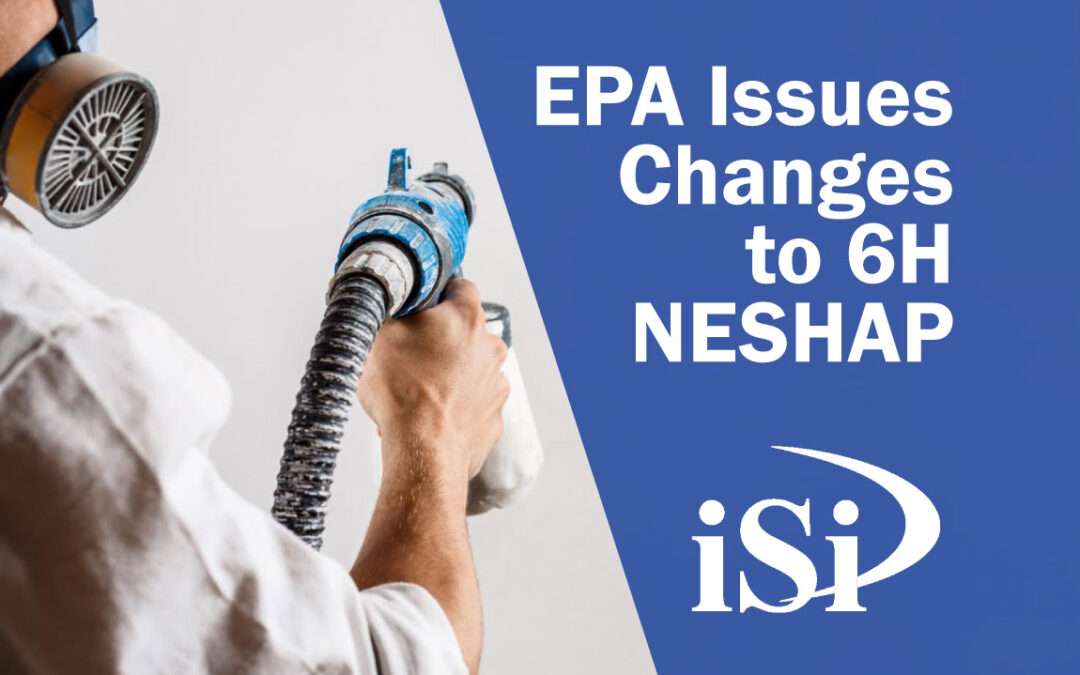

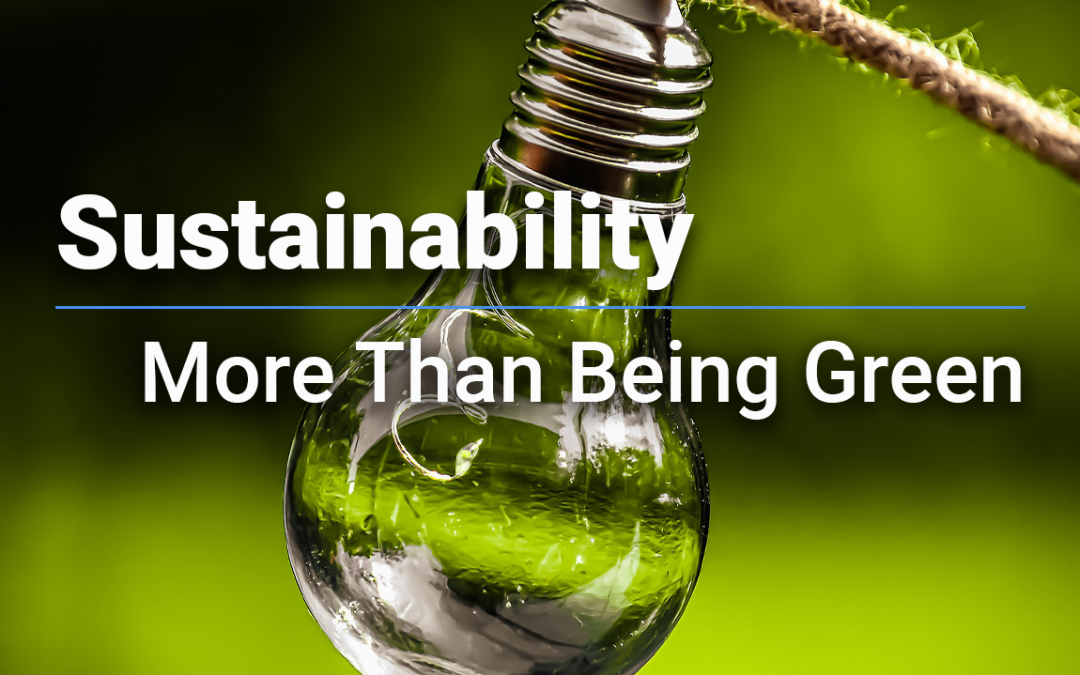






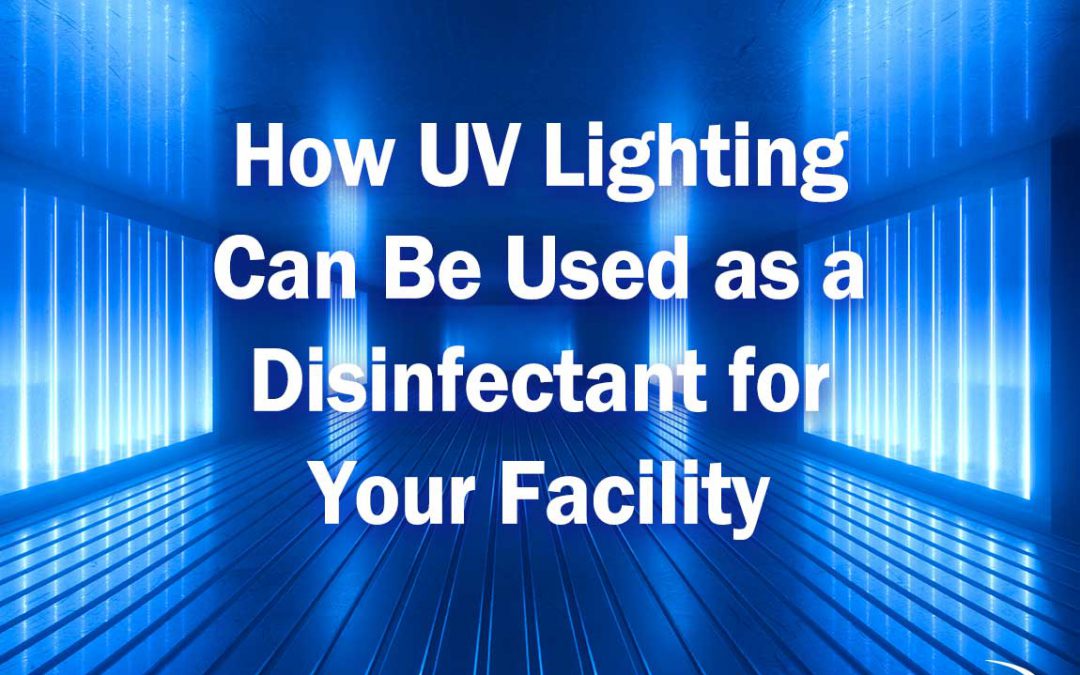
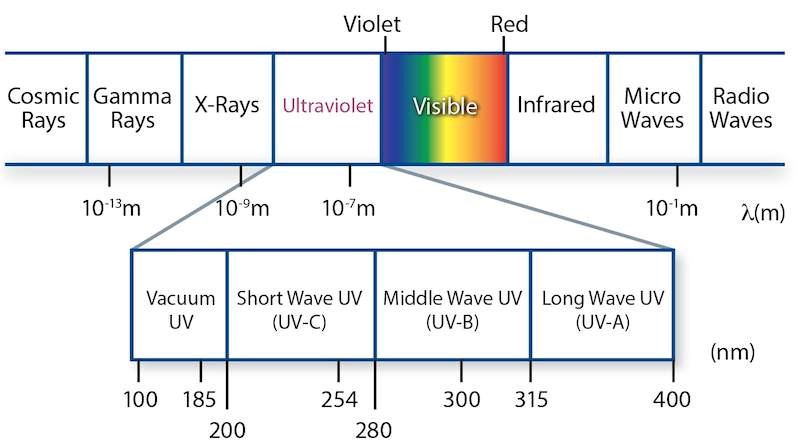
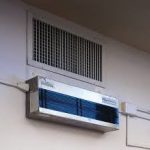


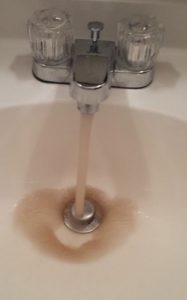
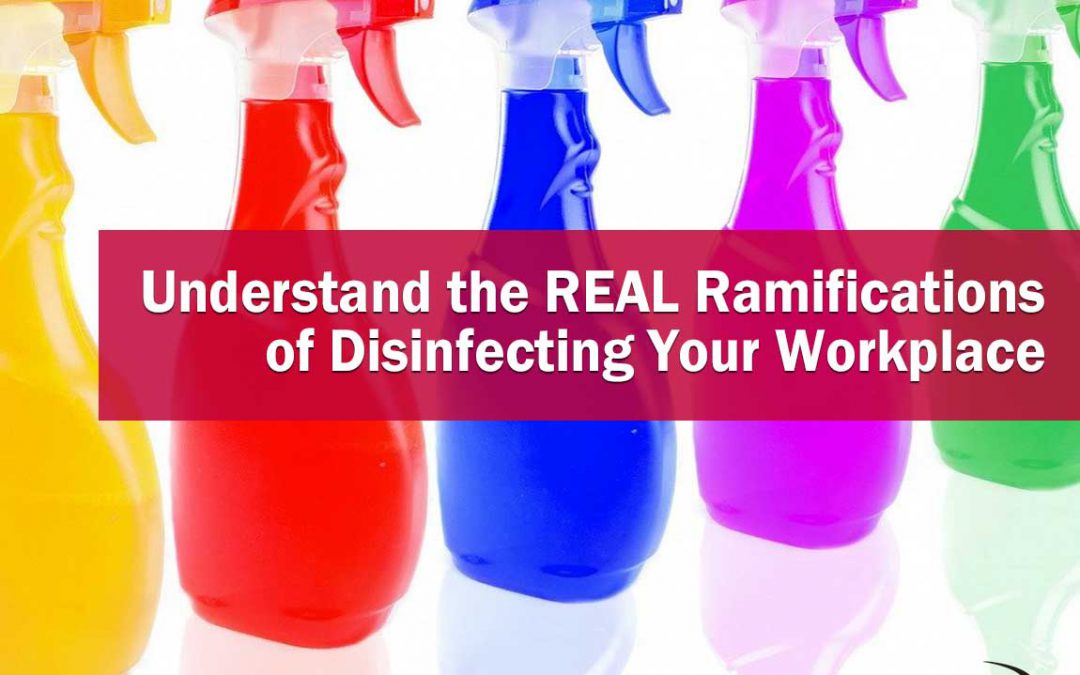

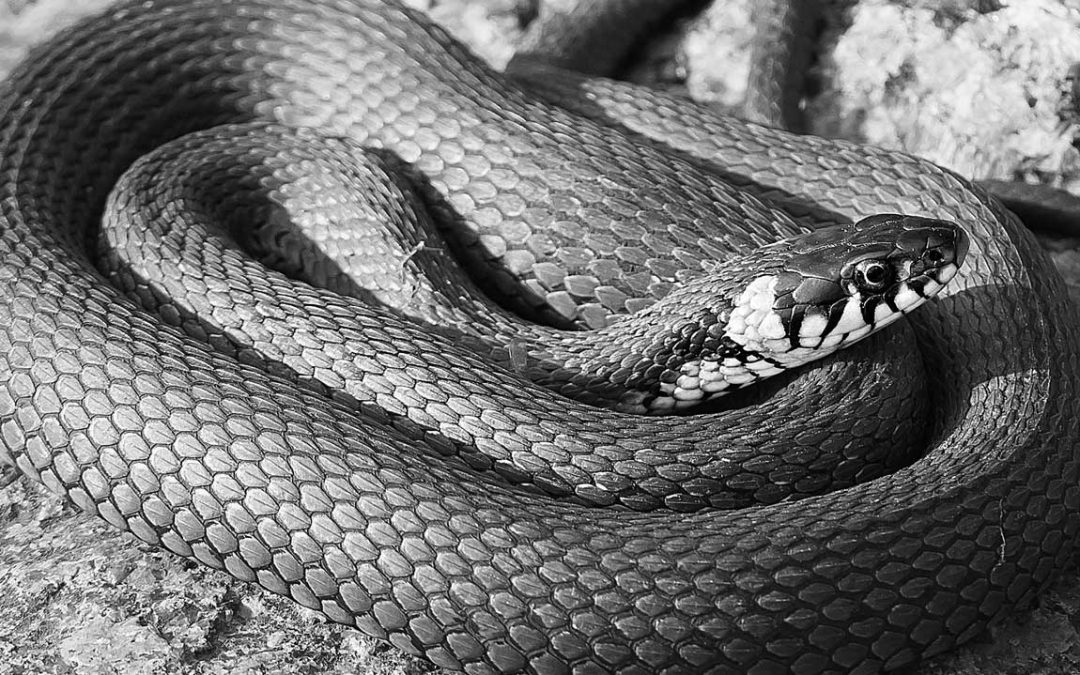
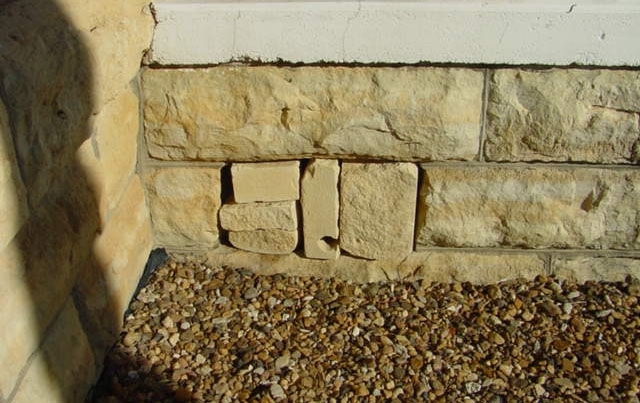
 For ongoing snake control, iSi recommended placing glue traps along the inside walls of the building, making sure that the traps are not adjacent to standing pipes. A snake is able to wrap around the pipe and leverage itself off the trap. Also, turning up the heat in the building may increase the capture of snakes on the glue traps because they are not able to hibernate when they are so warm. Building personnel were advised that, if they chose to relocate the snakes, to release them at least two miles from the building during any season but winter. Racers have a home range of 25-50 acres, and would find their way back if not released far enough away.
For ongoing snake control, iSi recommended placing glue traps along the inside walls of the building, making sure that the traps are not adjacent to standing pipes. A snake is able to wrap around the pipe and leverage itself off the trap. Also, turning up the heat in the building may increase the capture of snakes on the glue traps because they are not able to hibernate when they are so warm. Building personnel were advised that, if they chose to relocate the snakes, to release them at least two miles from the building during any season but winter. Racers have a home range of 25-50 acres, and would find their way back if not released far enough away.